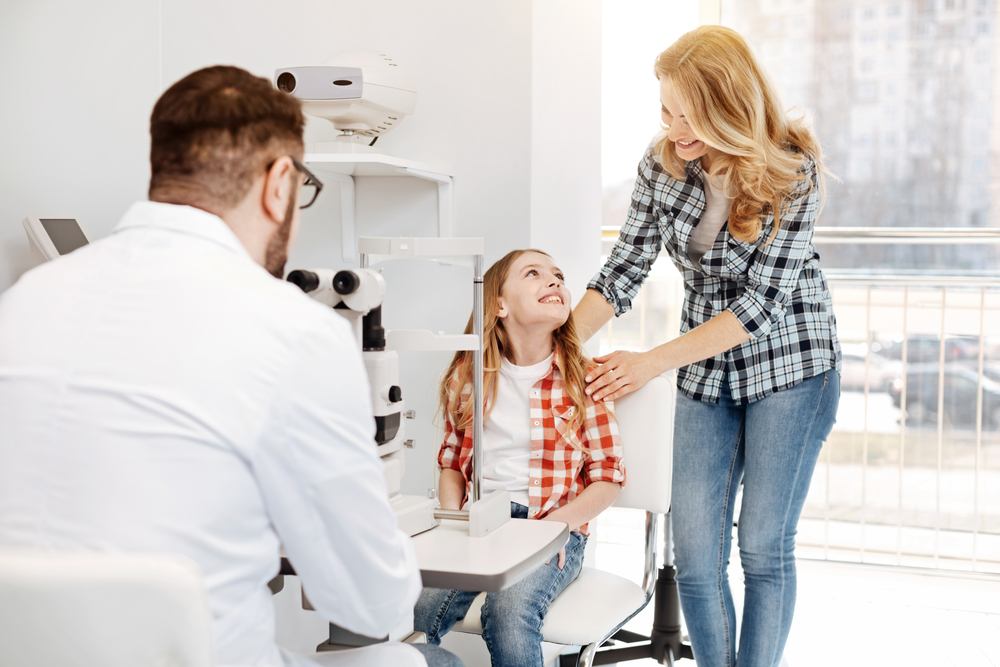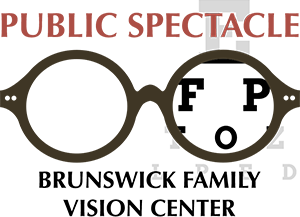
Children rely heavily on their vision to explore the world around them. Good vision is essential for learning, development, and overall well-being. Undiagnosed vision problems can have a profound impact on a child's academic performance, social interactions, and self-esteem. It is estimated that 80% of what children learn is through visual perception. Therefore, it is crucial to prioritize regular eye exams to ensure optimal eye health in children.
Common Eye Conditions in Children
Several eye conditions are prevalent among children. One such condition is myopia, also known as nearsightedness, which causes distant objects to appear blurry. Another common condition is hyperopia, or farsightedness, which makes it challenging to see objects up close. Amblyopia, commonly known as lazy eye, occurs when one eye does not develop normal visual acuity. Strabismus, or crossed eyes, is another condition that affects the alignment of the eyes. These are just a few examples of the numerous eye conditions that can affect children.
Signs and Symptoms of Vision Problems in Children
Recognizing the signs and symptoms of vision problems in children is crucial for early intervention. Often, children may not be able to express their vision difficulties, making it essential for parents to be vigilant. Some common signs include frequent eye rubbing, squinting, holding objects too closely, avoiding activities that require near or distant vision, and complaining of headaches or eye strain. Additionally, if you notice your child frequently tilting their head or using a finger to guide their reading, it may indicate a vision issue. Regular observation and communication with your child can help identify potential vision problems.
When Should Your Child Have Their First Eye Exam?
The American Optometric Association recommends that children have their first comprehensive eye examination at six months of age. This initial examination helps detect any early signs of eye conditions or visual impairments. Subsequent eye exams should be scheduled at three years of age, before starting school, and regularly thereafter as advised by the eye care professional. However, if you notice any signs or symptoms of vision problems in your child, it is crucial to seek an eye exam promptly, regardless of their age.
The Benefits of Early Detection and Intervention
Early detection and intervention of vision problems in children offer numerous benefits. Timely treatment can prevent the worsening of eye conditions and alleviate potential vision-related difficulties. It can also enhance your child's academic performance by ensuring they have the visual acuity necessary for reading, writing, and learning. Early intervention can improve hand-eye coordination, depth perception, and overall visual skills, contributing to their overall development and quality of life.
Schedule Your Child’s First Eye Exam with The Public Spectacle Today
As a parent, it is crucial to prioritize your child's eye health by ensuring they have regular eye exams. Early detection and intervention of vision problems can make a significant difference in your child's visual health and academic success. By recognizing common eye conditions, being aware of signs and symptoms, and scheduling their first eye exam at the recommended age, you are taking an important step towards safeguarding your child's eyesight.
Schedule your child's first eye exam today and give them the gift of clear vision and a brighter future, visit The Public Spectacle at our office in Brunswick, Maryland, or call (310) 834-6400 to book an appointment today.


